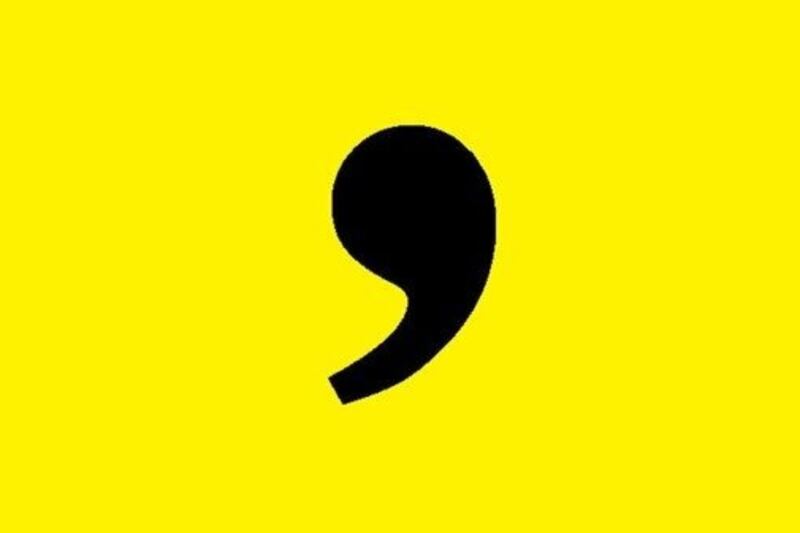In a feature on the then new "Coolmine Drug-Free Therapeutic Community" in 1973, this newspaper quoted its founder, Paddy Rossmore, as saying it had been inspired by the problems of an unnamed "friend". Rossmore had known nothing about drugs before meeting this friend, he said. The Dublin treatment centre was the result of a painful learning process that ensued.
As explained in his obituaries this week, the friend was rock-star Marianne Faithfull, whom Rossmore once planned to marry. She had ditched her previous boyfriend Mick Jagger in 1970, in favour of this shy aristocrat from Monaghan, less used to featuring in the gossip columns.
And despite his and The Irish Times’s discretion in 1973, the romance – if not the addiction – had made headlines elsewhere. “Marianne Faithfull’s new life in Monaghan” announced the Irish Press in June 1970, over a story that led with the prediction: “Marianne Faithfull, actress, pop-star and famed ex-girlfriend, is to be the next Lady Rossmore of Rossmore Park”.
The breezy account, in the “Women’s Press” section, reported the couple’s arrival the day before at Dublin Airport, where Ms Faithfull was said to have been “the picture of virtue, innocence and demure womanliness”.
Hinges of History – How Napoleon’s fate may have swung on the closing of a gate at Waterloo
Fiends in High Places – Frank McNally on Walpurgis Night in New York and Donegal
Absent Trends – Frank McNally on the trail of missing apostrophes
Horsemen, Pass By – Frank McNally on the dramatic backdrop of a Dublin polo match on May 6th, 1882
Her appearance was described in vivid detail. She wore a two-piece tweed “maxi-costume”, readers were told, beneath which “two scarlet-clad feet peeped out”. Meanwhile, at the costume’s other end, “the beginning of Miss Faithfull’s remarkably beautiful cleavage was revealed”.
As for the 39-year-old Rossmore – 16 years older than she – he did not create quite the same excitement. The paper mentioned he had been educated at Eton and Cambridge and was described by friends as “a good and kind man”. But it was also noted that he lived “mostly with his mother in a cottage on the [Rossmore] estate”. Another friend commented: “Paddy needs someone lively to give him a bit of a push”.
Whether Faithfull could be described as “lively” then is questionable. By her own later account, she spent much of their 12-month relationship “comatose on sleeping tablets”.
Her heroin addiction inspired the Rolling Stones song "Sister Morphine", which she co-wrote, released 50 years ago last month. And whereas in London her living arrangements had been dictated by proximity to dealers, this was not as easy in Ireland then. Instead, there was a lot of driving around and "banging on chemist's doors" for help.
Rossmore also had a Mick Jagger problem to deal with. The besotted singer wanted Faithfull back, badly, and according to the Times of London obituary (May 6th), turned up at the Rossmore estate one night and rammed the iron gates with his car.
The new relationship was in any case doomed. Faithfull never did become Lady Rossmore (although she kept the engagement ring and eventually lost it “in some drug dealer’s sink”). But the serious-minded Paddy nevertheless ensured that some good came out of the debacle.
As he explained years later in a summary now featured on the Coolmine centre’s website, Faithfull’s problems led him to inquire first in Dublin about how drug addiction was dealt with here.
It wasn’t, much, so was advised to go to London – which was somewhat farther down that road then – instead. There, in a place called Phoenix House, he learned about group psychotherapy sessions, which were in turn based on ideas from the US.
Rossmore brought his new expertise back to Dublin. From a small start, Coolmine expanded dramatically in the years since and the many lives it has saved were a source of great pride to him for the rest of his days.
“Paddy” was not his real first name, nor was “Rossmore” his second. He was born in 1931 as William Warner Westenra, the latest heir in a family of Dutch Protestant origin. Rossmore was the baronial title. “Paddy” was a childhood nickname that stuck.
The ancestral castle at Monaghan was already in a distressed state then. It had to be abandoned to dry rot in the late 1940s, when the family downsized to the “dower house”. Later, they moved out of that too, and into a gatekeeper’s lodge.
His Cambridge degree was in theology. Summing up his other interests once, a friend called him a “very gentle, sensitive man who knows a lot about birds, flowers, fishing and poetry”. But he was also a serious photographer. A collection of his pictures of the big (and often ruined) houses of Ireland was published in 2019.
He was 90 when he died on May 4th, having spent his later decades in London. Rossmore Castle was finally demolished in the 1970s. According to the Times, the lodge house he had ended up in was burned down 40 years ago this week, on the day Bobby Sands died.













